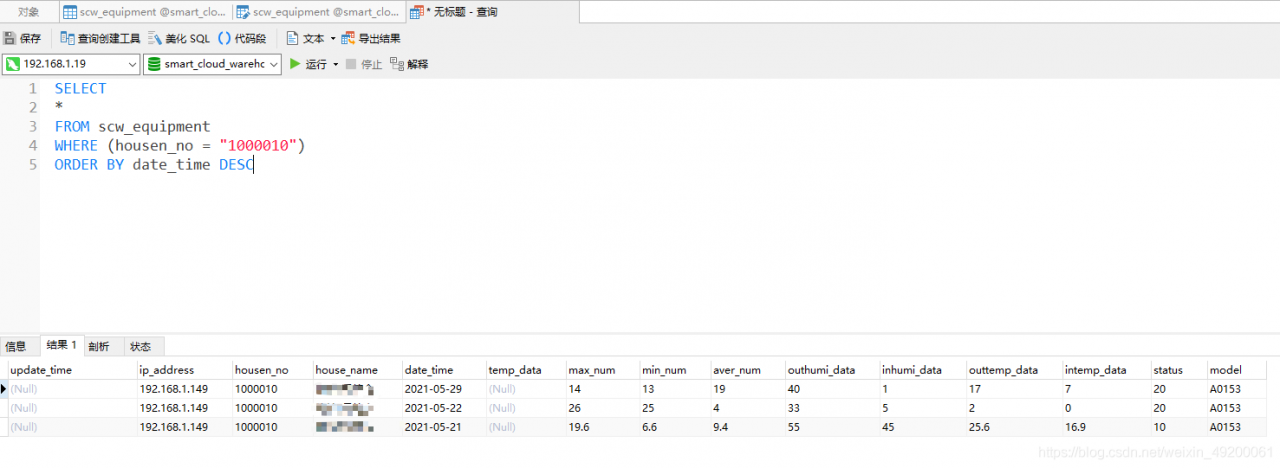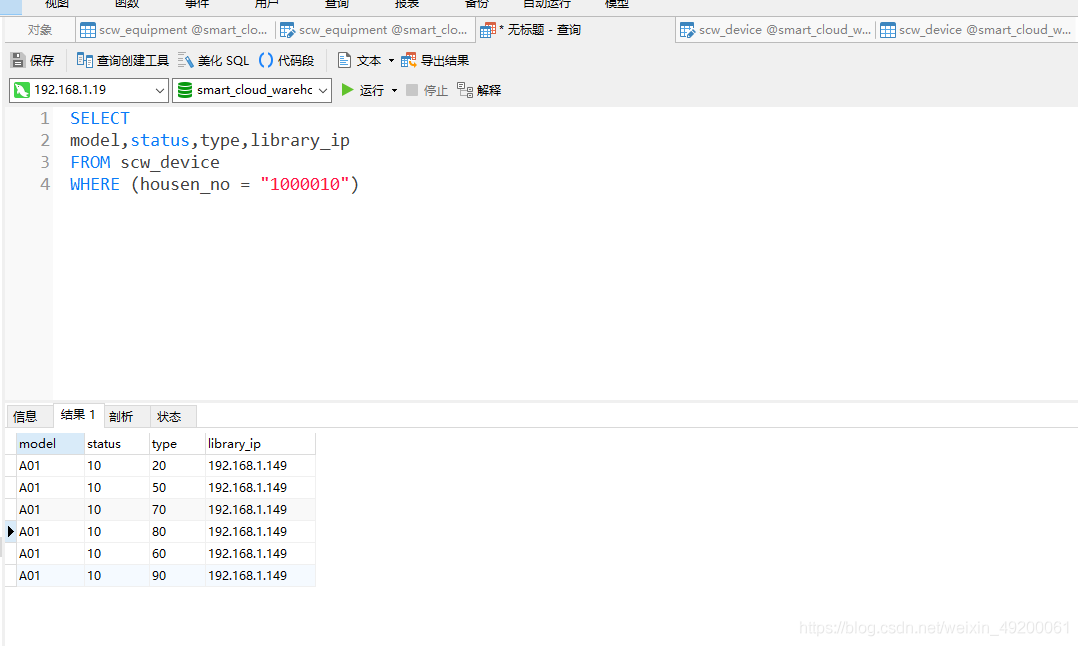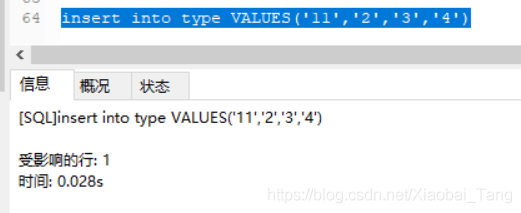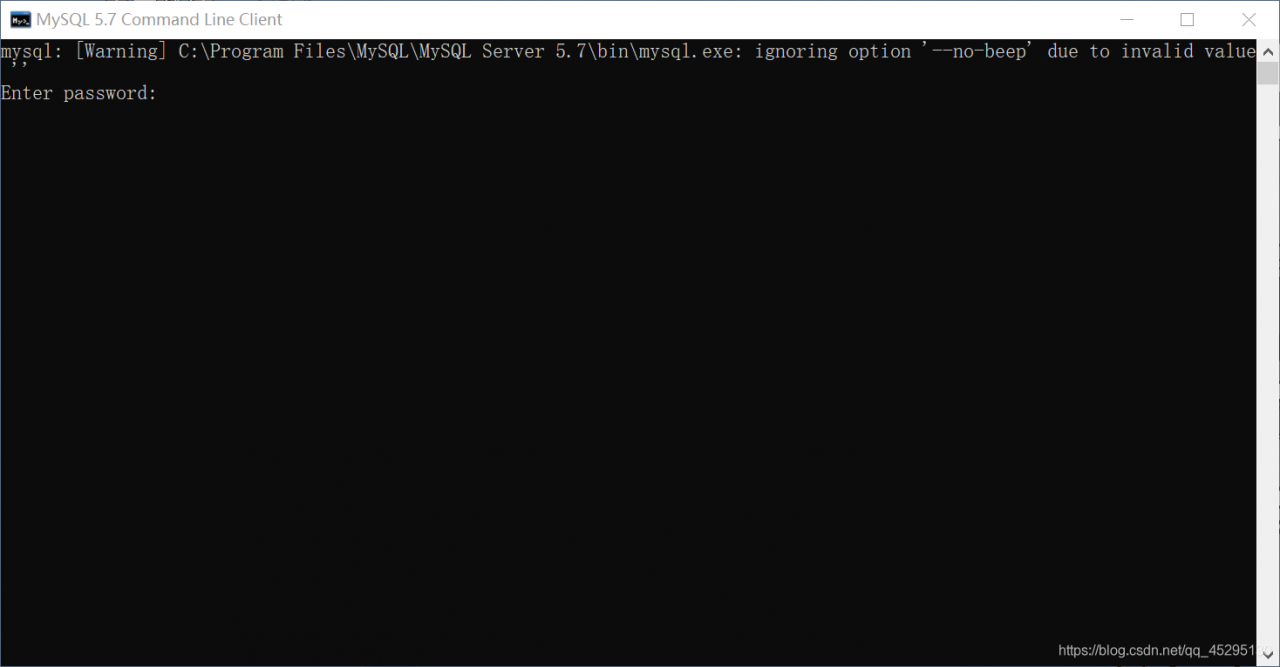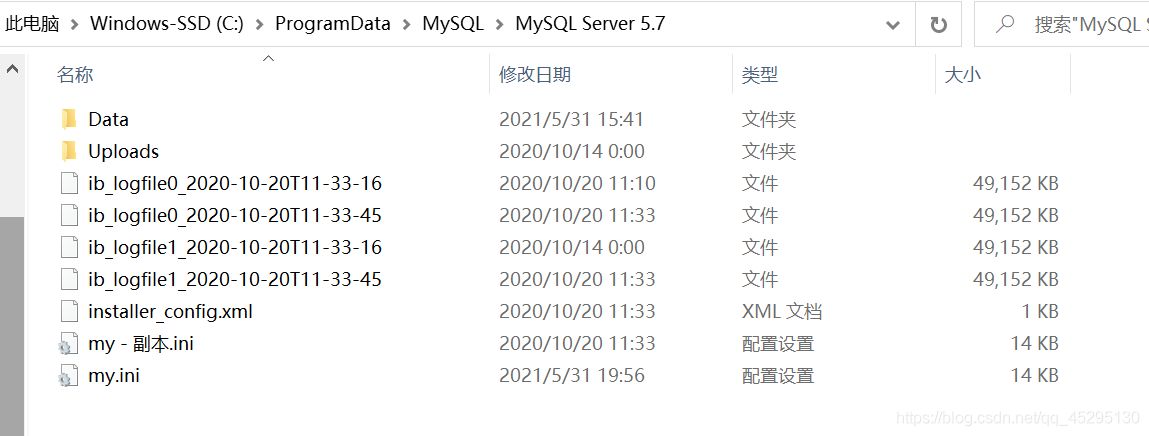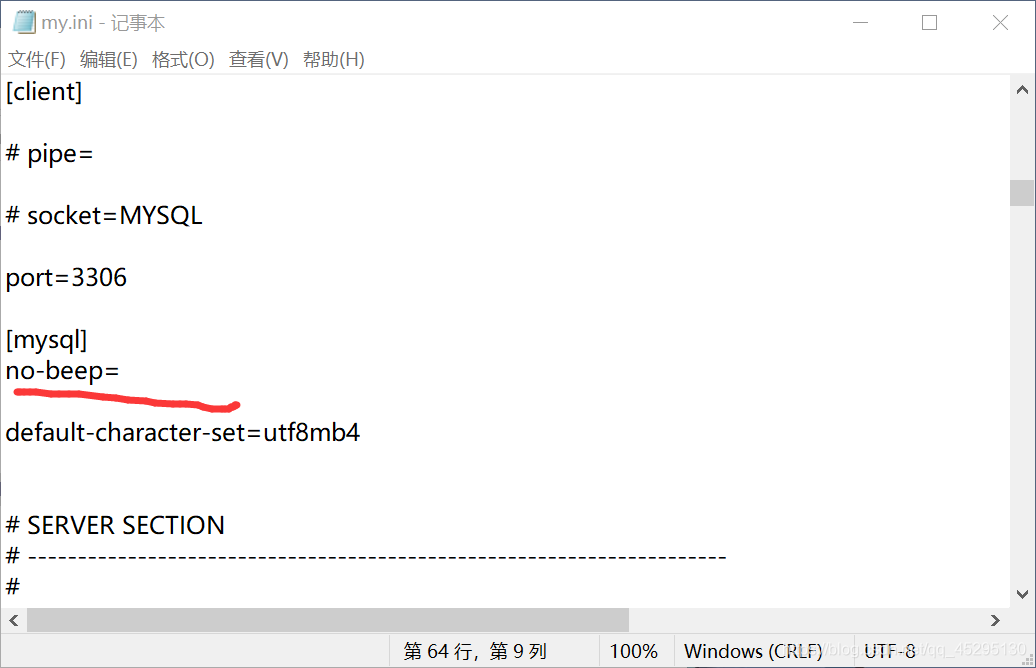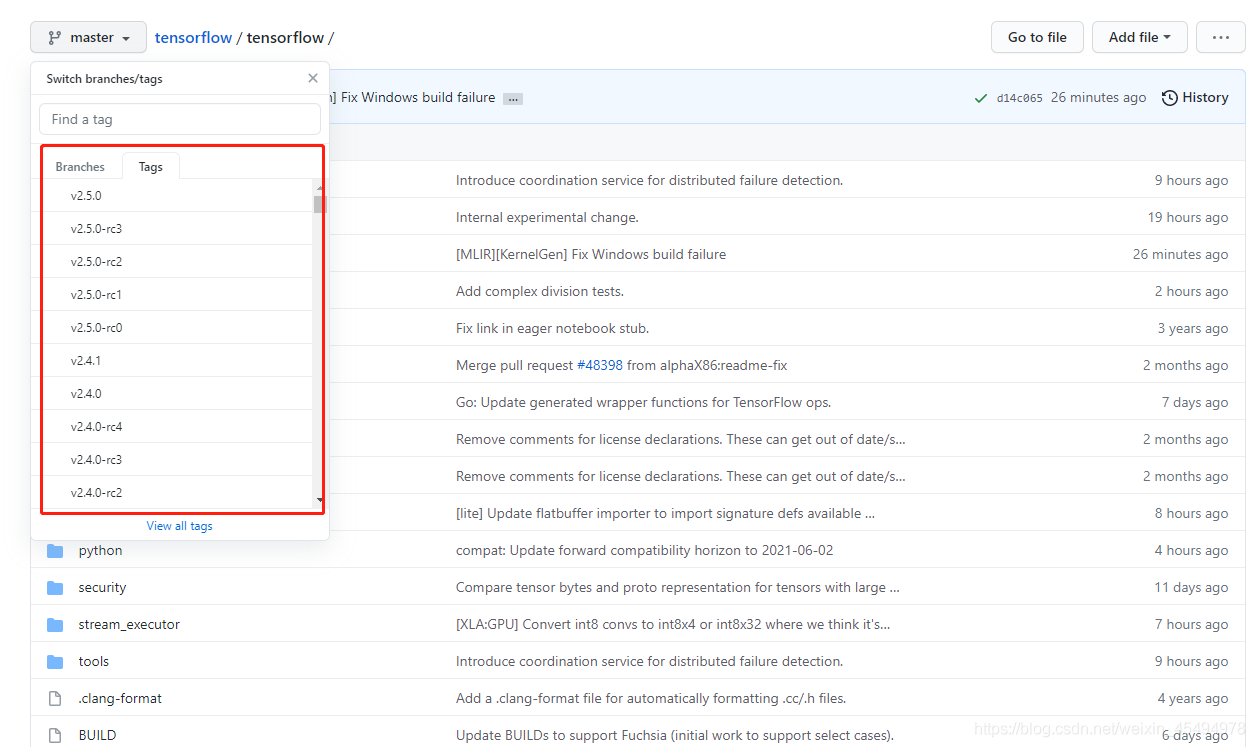This problem bothered me for five days, and for several days I fought hard into the night. I don’t want to eat all day long, but I finally solved it. Because there is little information on the Internet, I’d like to record here. If you have any questions about Doris, please exchange them~
The error information is as follows:
waiting to receive first heartbeat from frontend
waiting to receive first heartbeat from frontend
waiting to receive first heartbeat from frontend
waiting to receive first heartbeat from frontend
waiting to receive first heartbeat from frontend
master client, get client from cache failed.host: , port: 0, code: 7
invalid cluster id. ignore
View the result returned under be node in Fe node:
+-----------+-----------------+------------+------------+---------------+--------+----------+----------+---------------+---------------+-------+----------------------+-----------------------+-----------+------------------+---------------+---------------+---------+----------------+-----------------------------+---------+---------------------------+
| BackendId | Cluster | IP | HostName | HeartbeatPort | BePort | HttpPort | BrpcPort | LastStartTime | LastHeartbeat | Alive | SystemDecommissioned | ClusterDecommissioned | TabletNum | DataUsedCapacity | AvailCapacity | TotalCapacity | UsedPct | MaxDiskUsedPct | ErrMsg | Version | Status |
+-----------+-----------------+------------+------------+---------------+--------+----------+----------+---------------+---------------+-------+----------------------+-----------------------+-----------+------------------+---------------+---------------+---------+----------------+-----------------------------+---------+---------------------------+
| 16006 | default_cluster | 172.17.0.2 | 172.17.0.2 | 9050 | -1 | -1 | -1 | NULL | NULL | false | false | false | 0 | .000 | 1.000 B | .000 | 0.00 % | 0.00 % | invalid cluster id. ignore. | | {"lastStreamLoadTime":-1} |
+-----------+-----------------+------------+------------+---------------+--------+----------+----------+---------------+---------------+-------+----------------------+-----------------------+-----------+------------------+---------------+---------------+---------+----------------+-----------------------------+---------+---------------------------+
Problem solving:
Delete be under/storage/cluster_ ID
Restart be.
Cause of the problem:
Refer to the official document
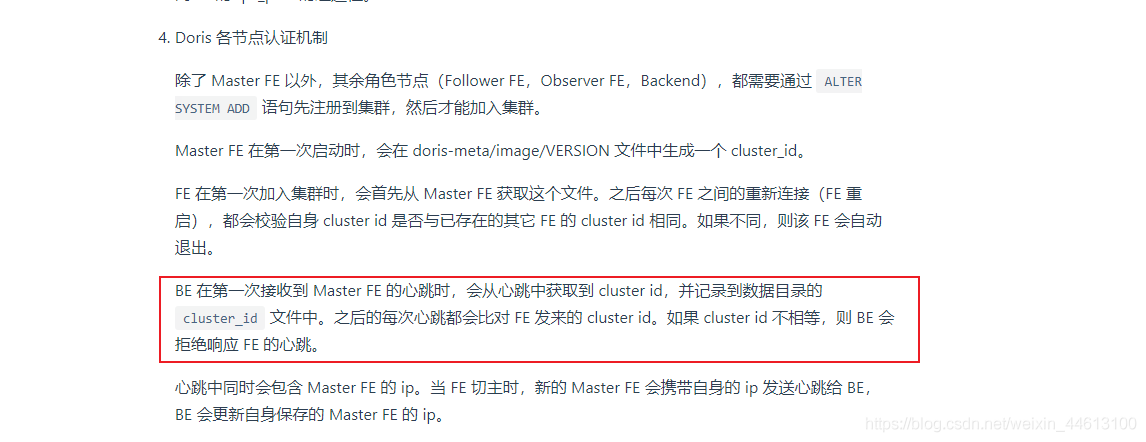
it may be that the Fe node has been rebuilt many times, resulting in cluster failure_ If the ID recorded in the ID file is incorrect, deleting the file and restarting be will generally solve the problem.
Note: if it is only port: 0, code: 7, please use telnet to check the connectivity of container port.
 with the SQL statement executed by the system
with the SQL statement executed by the system